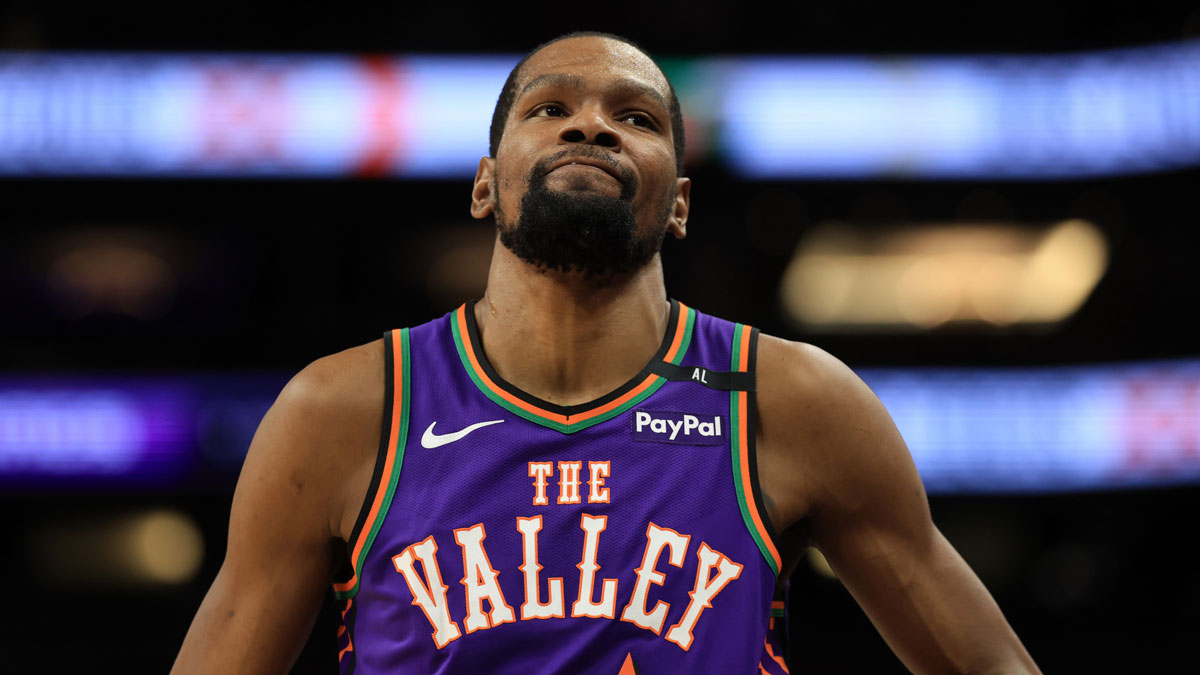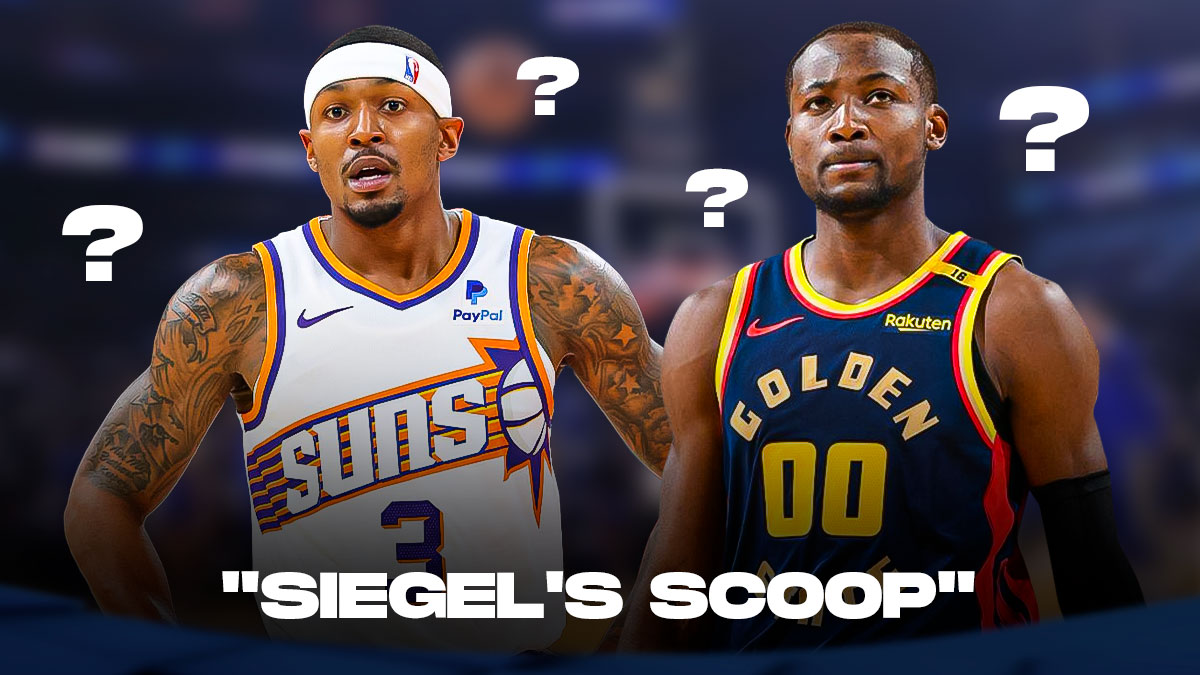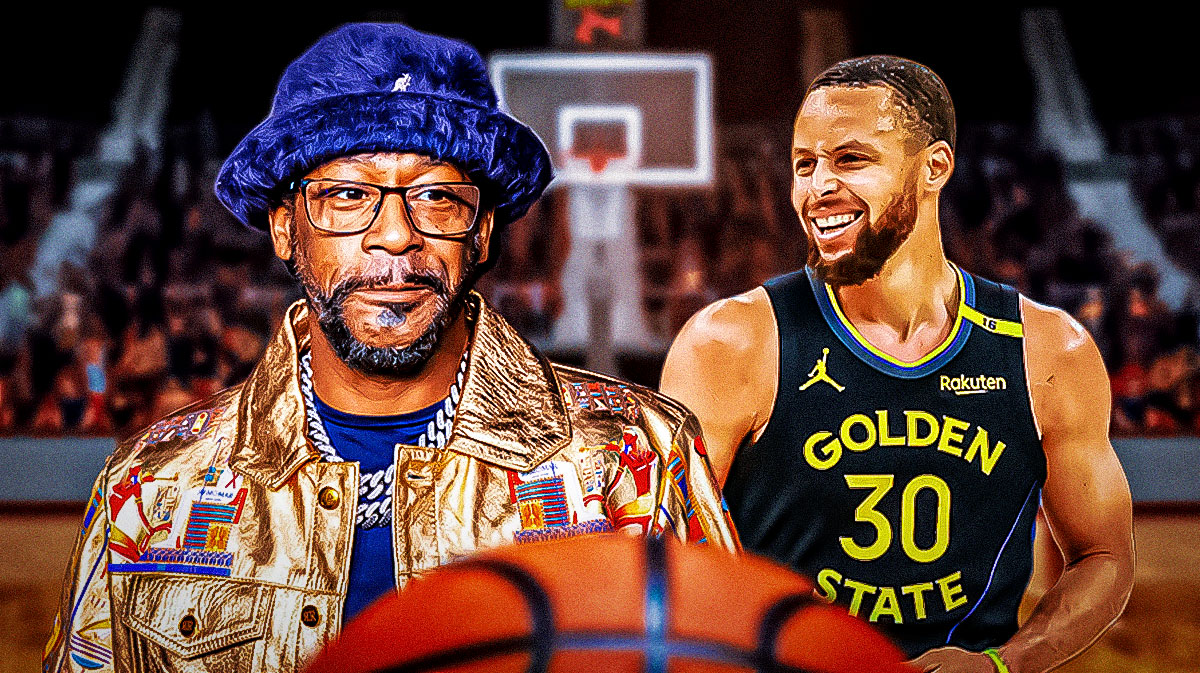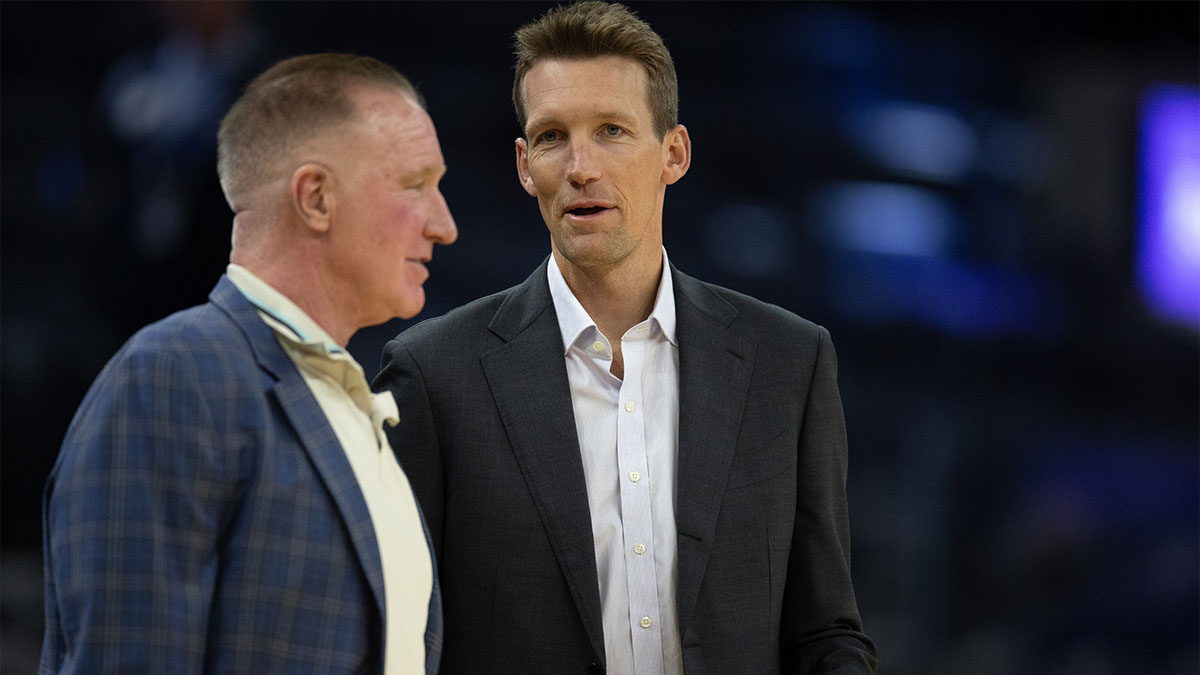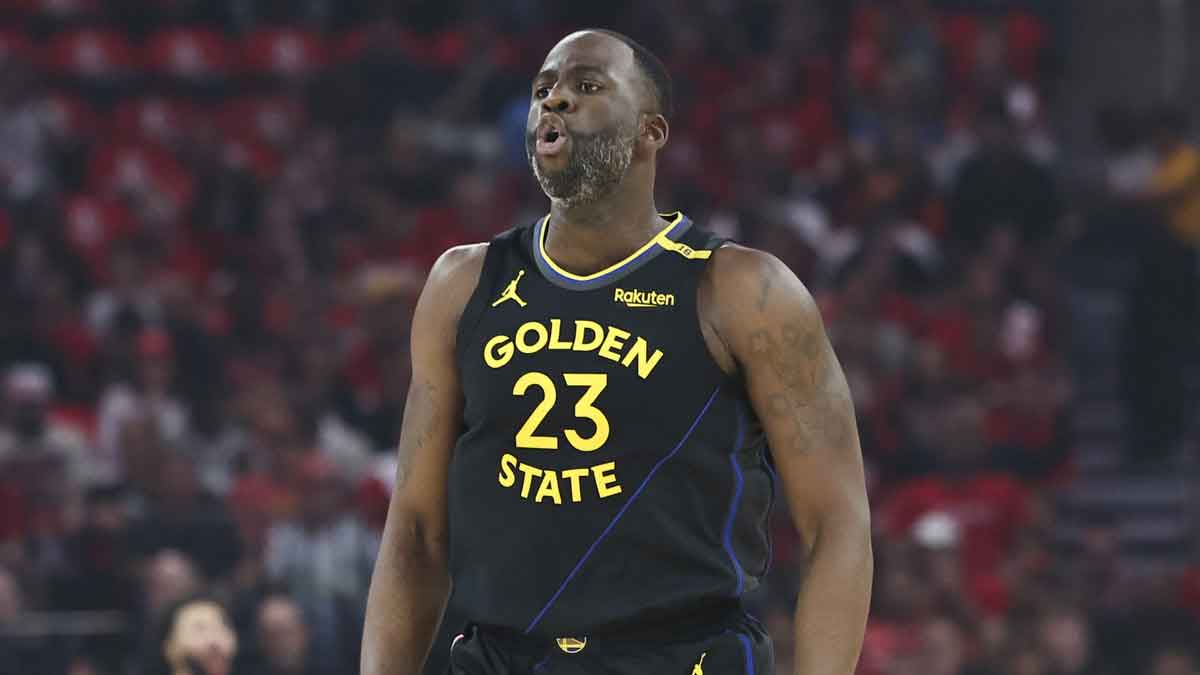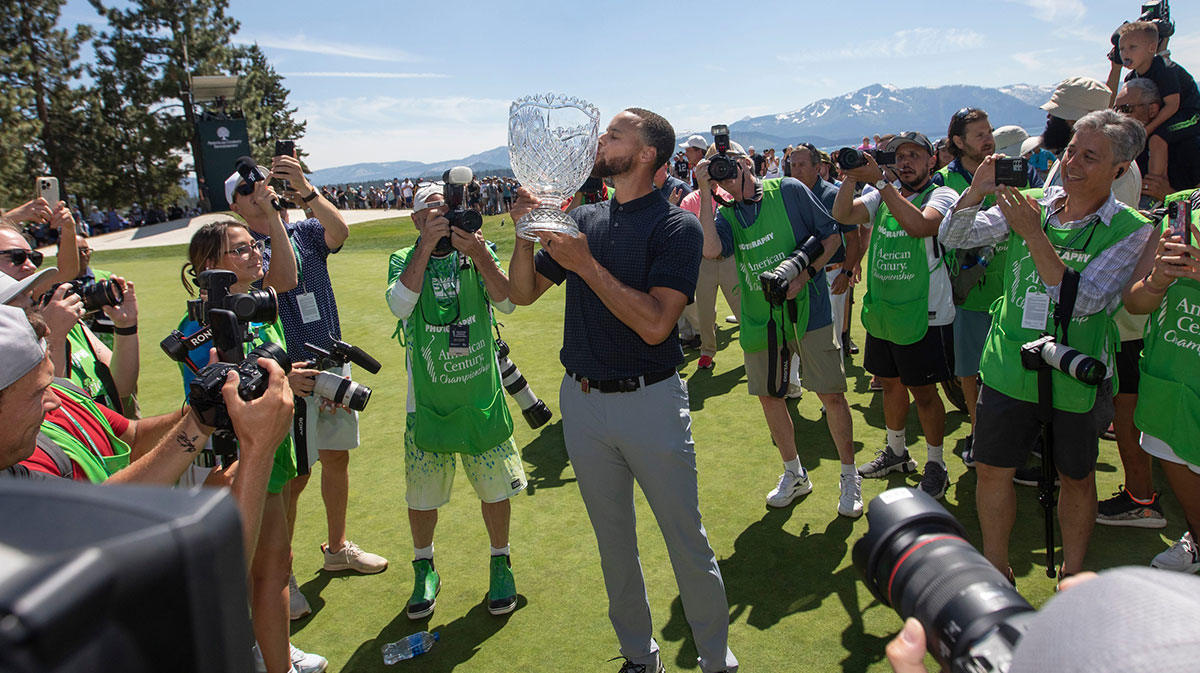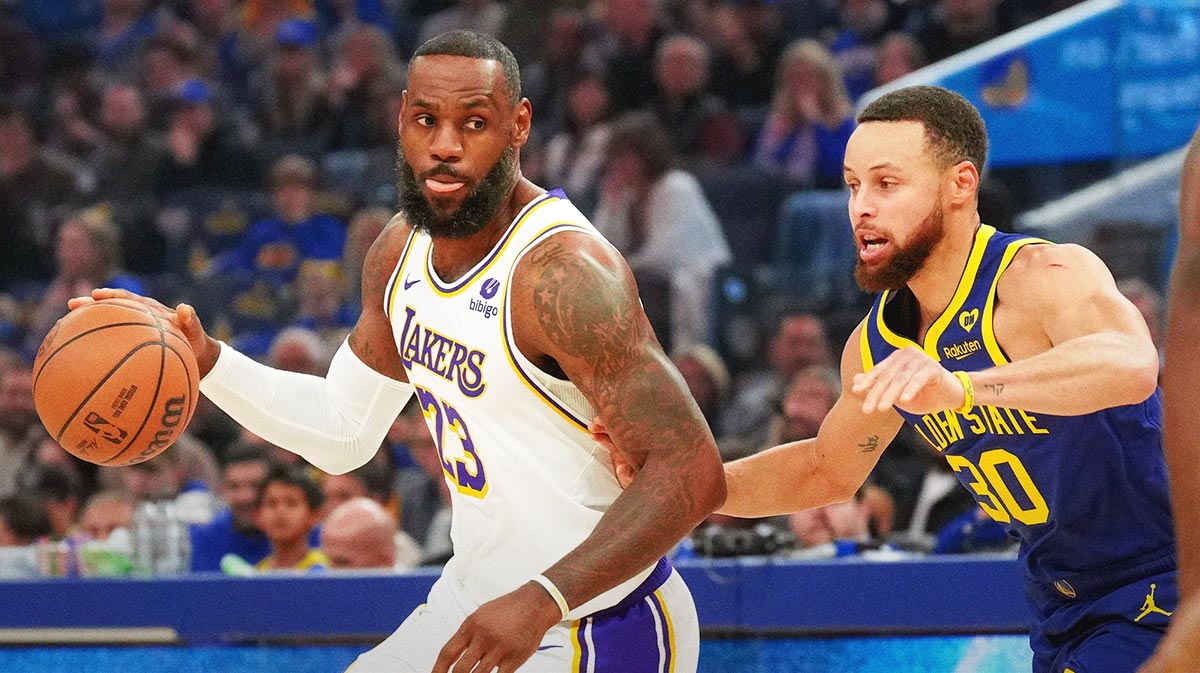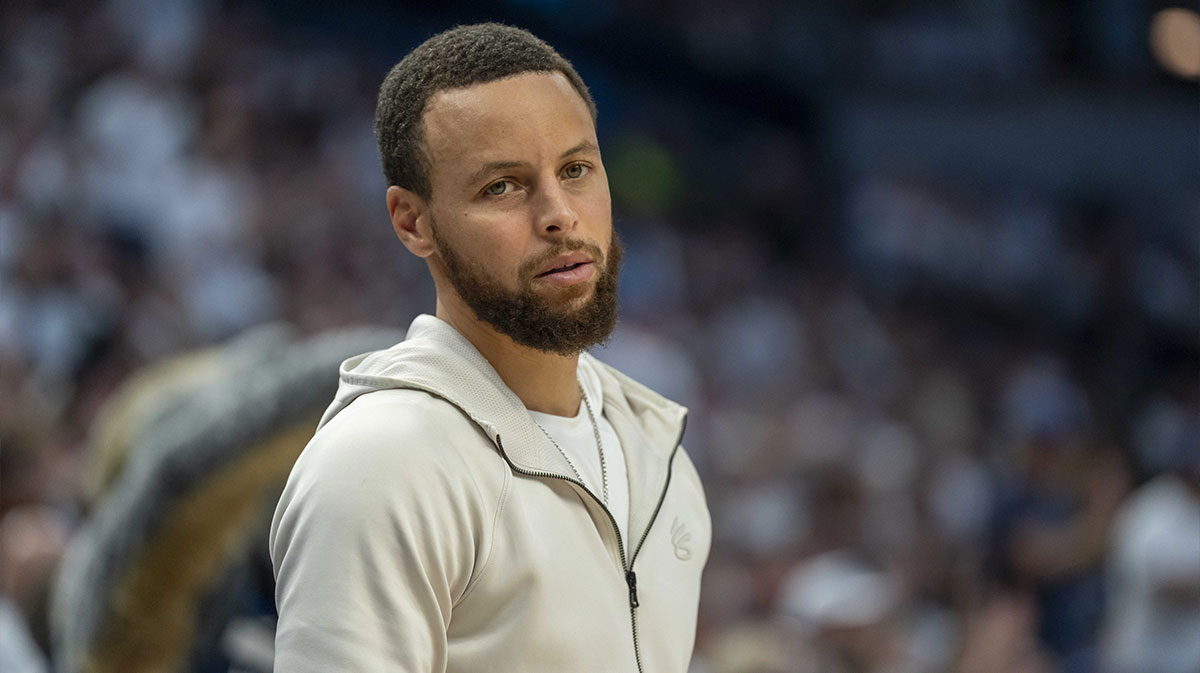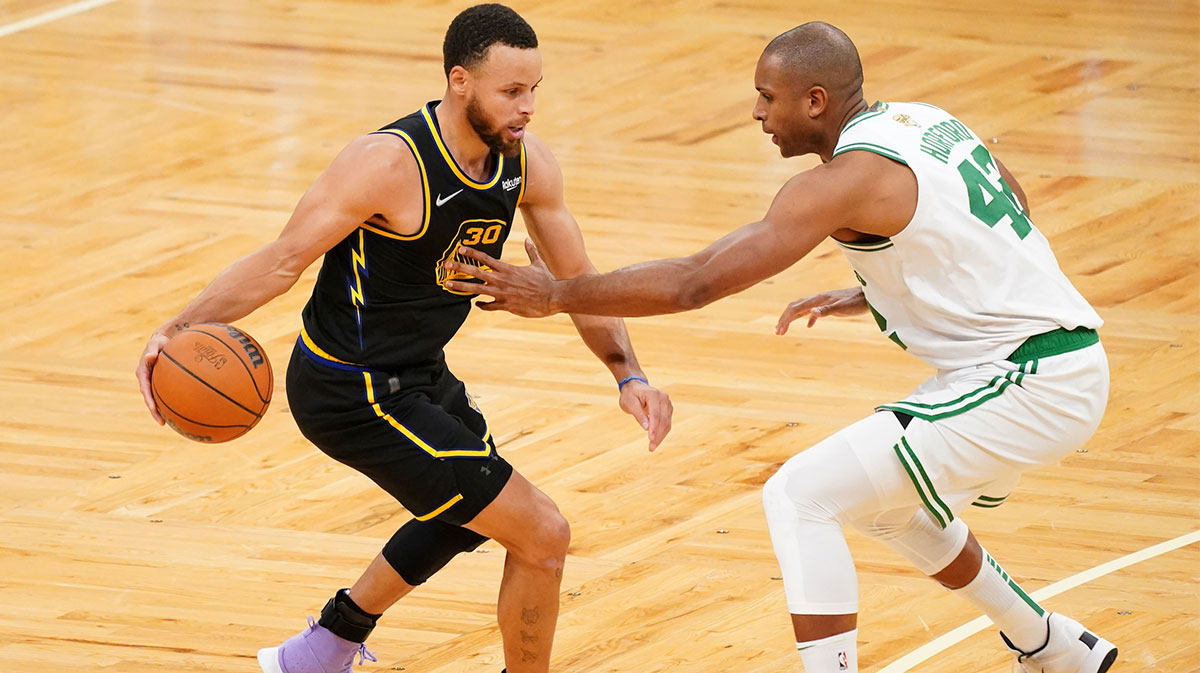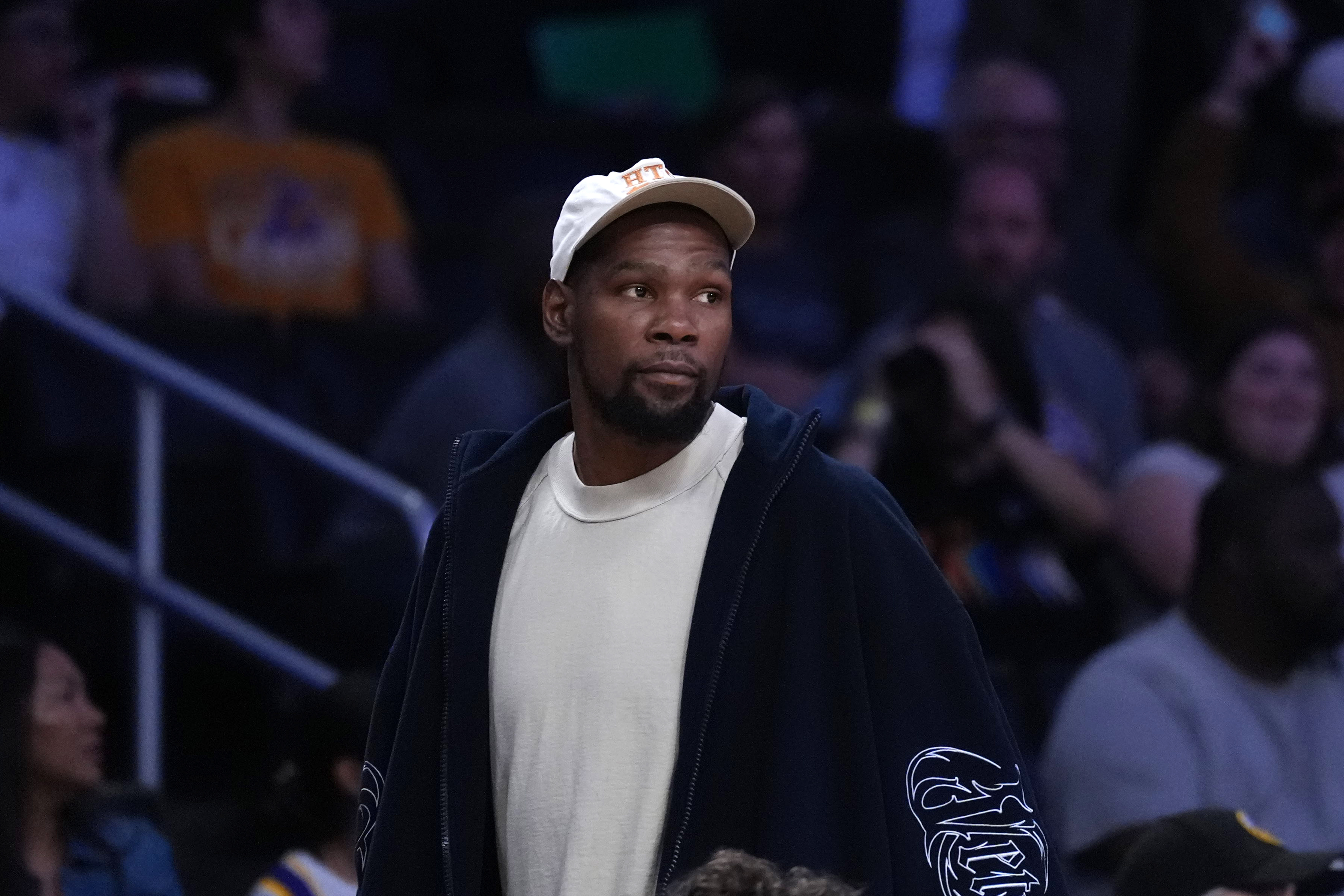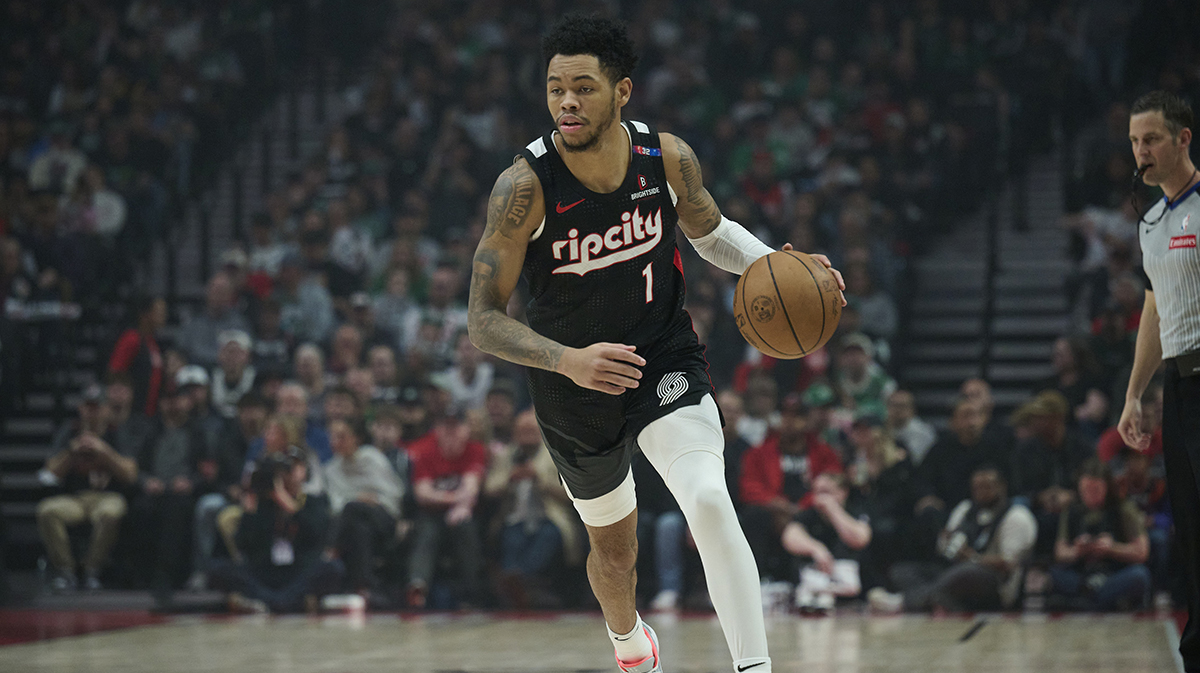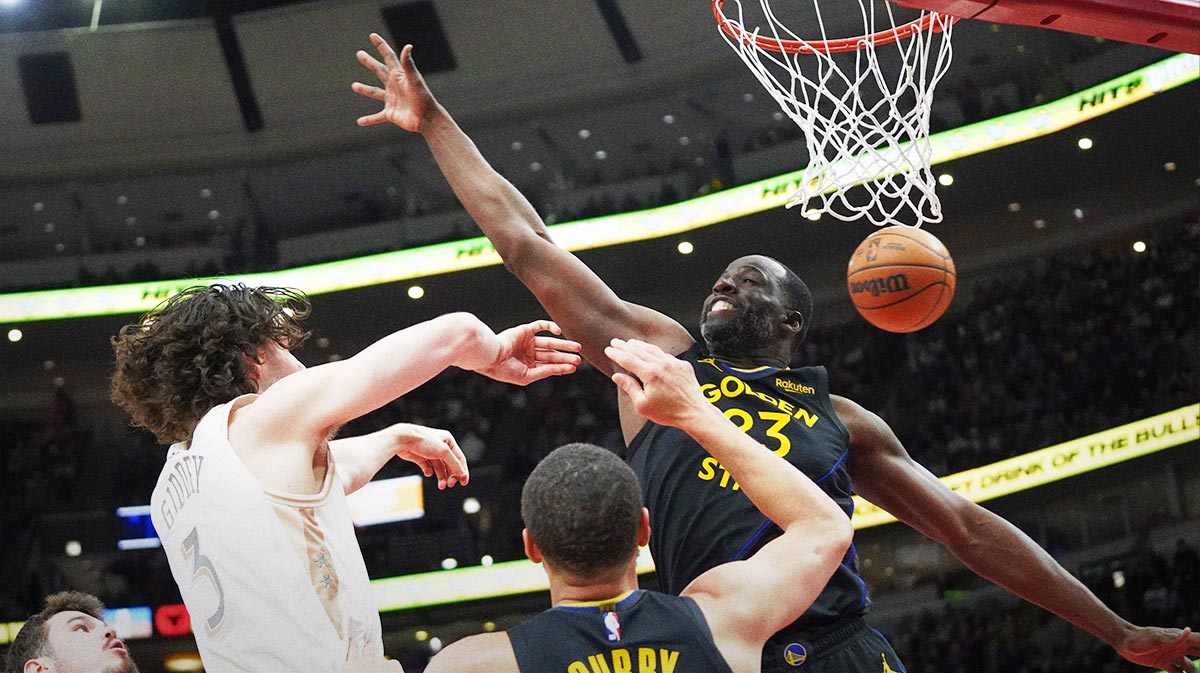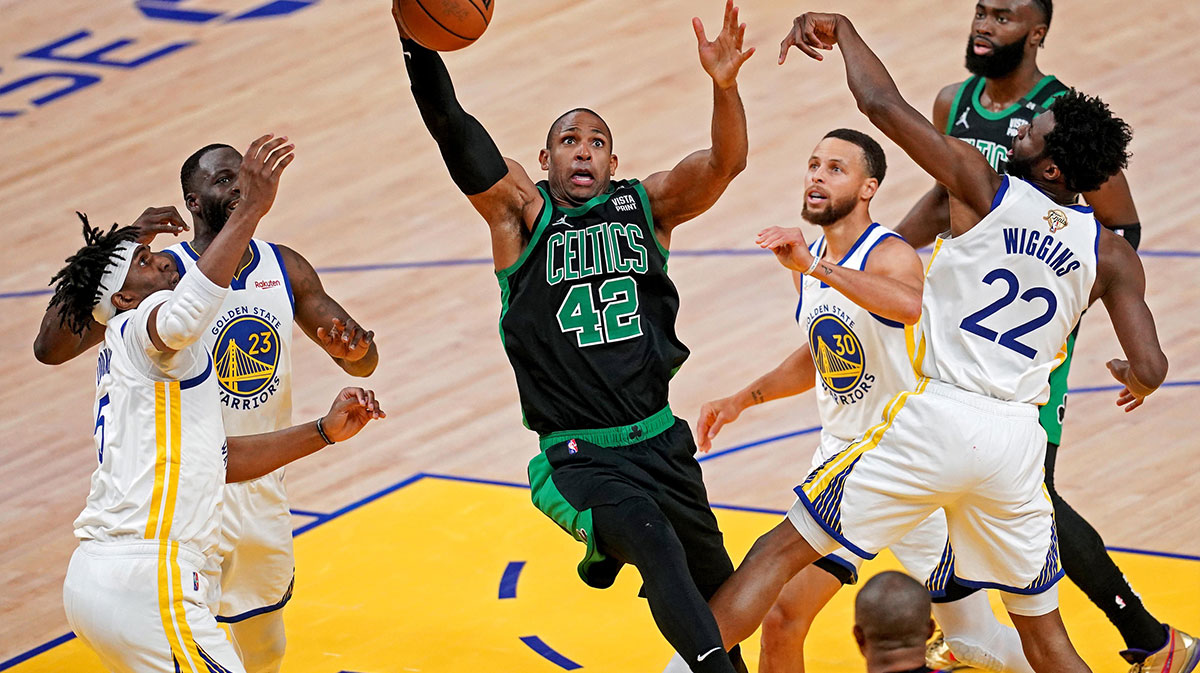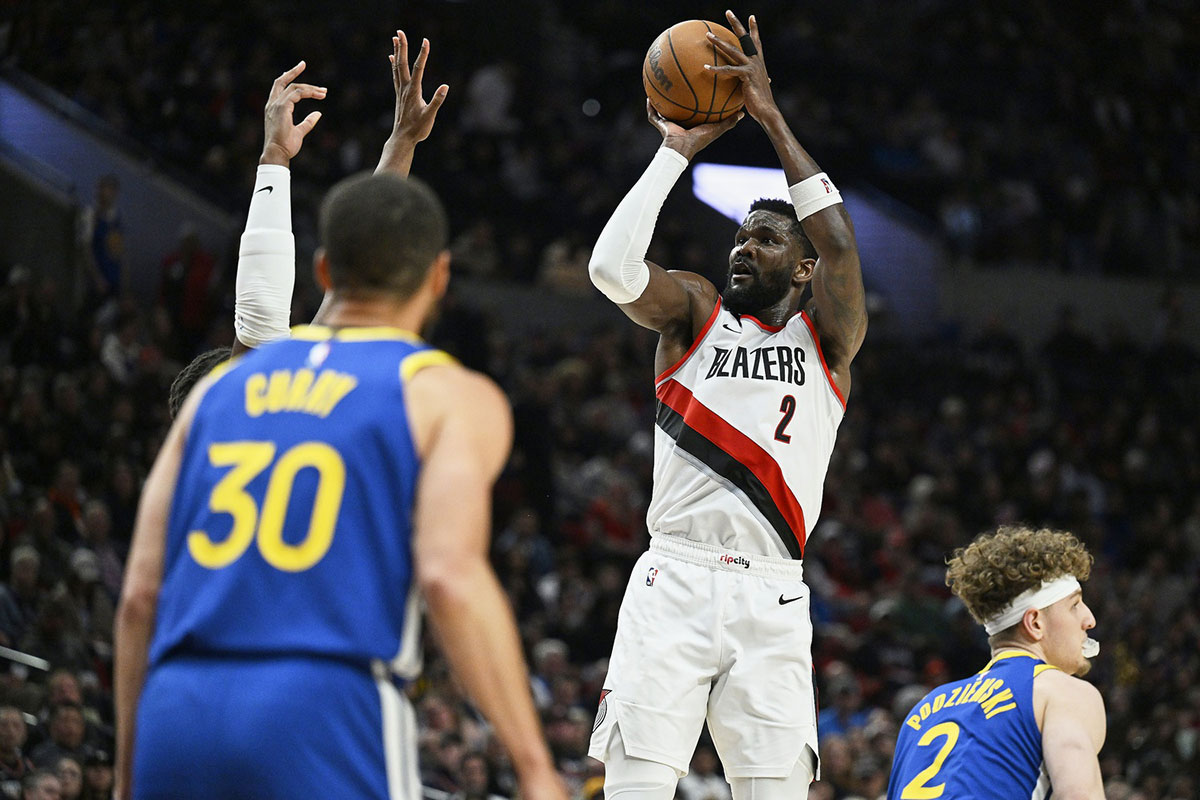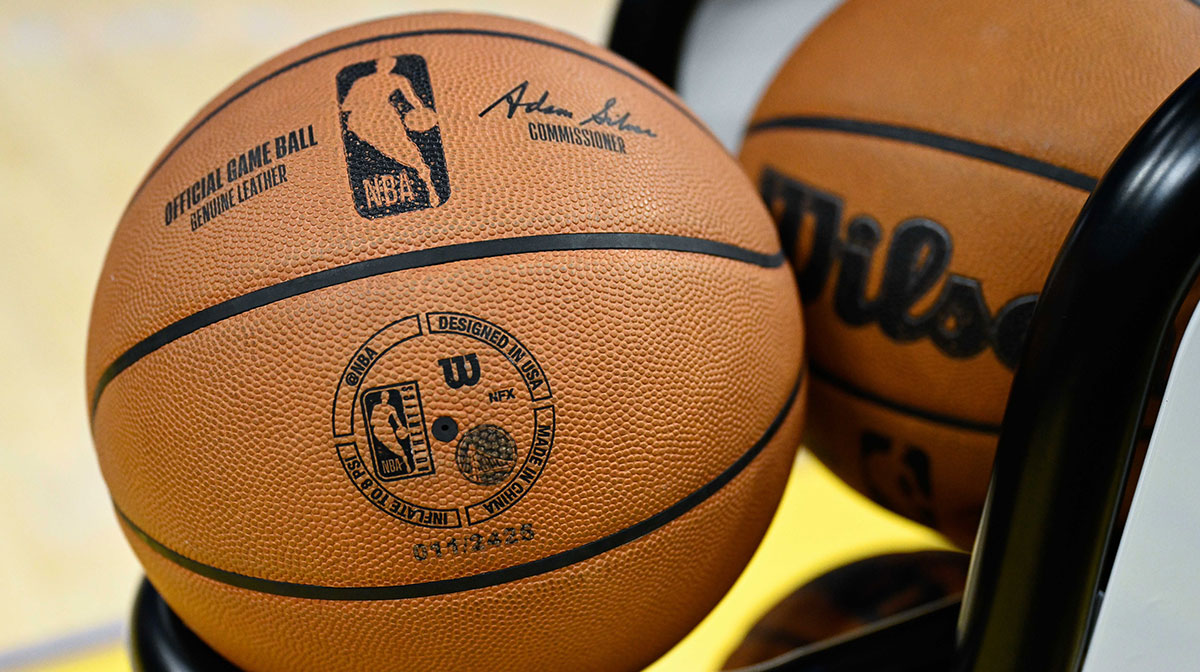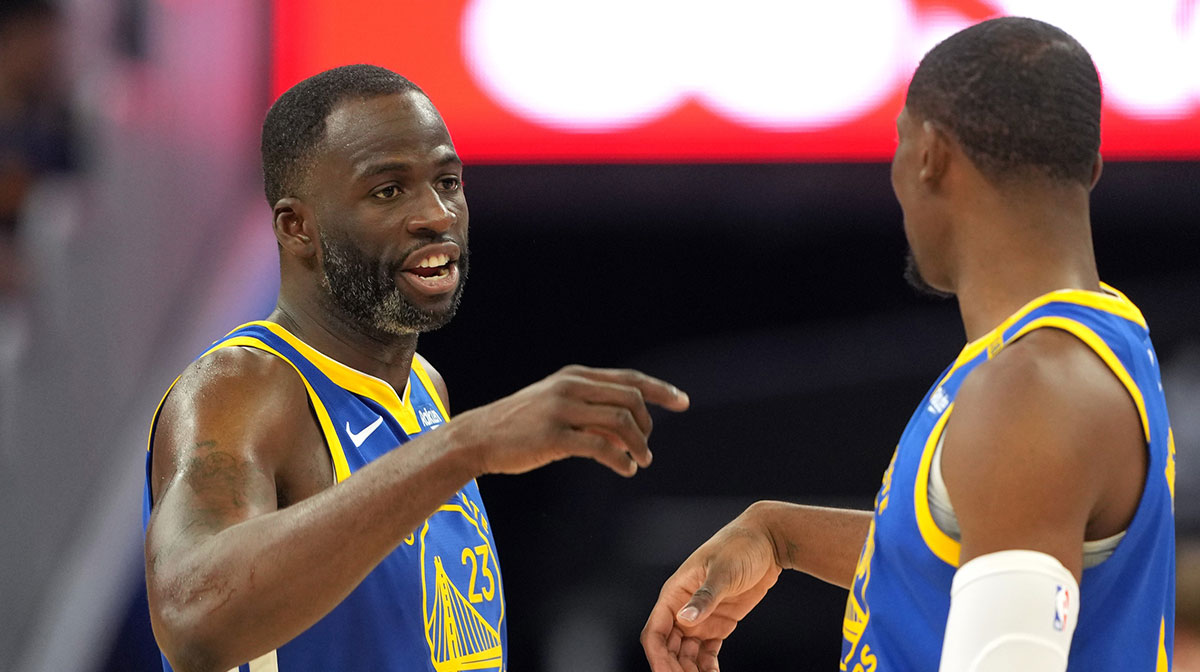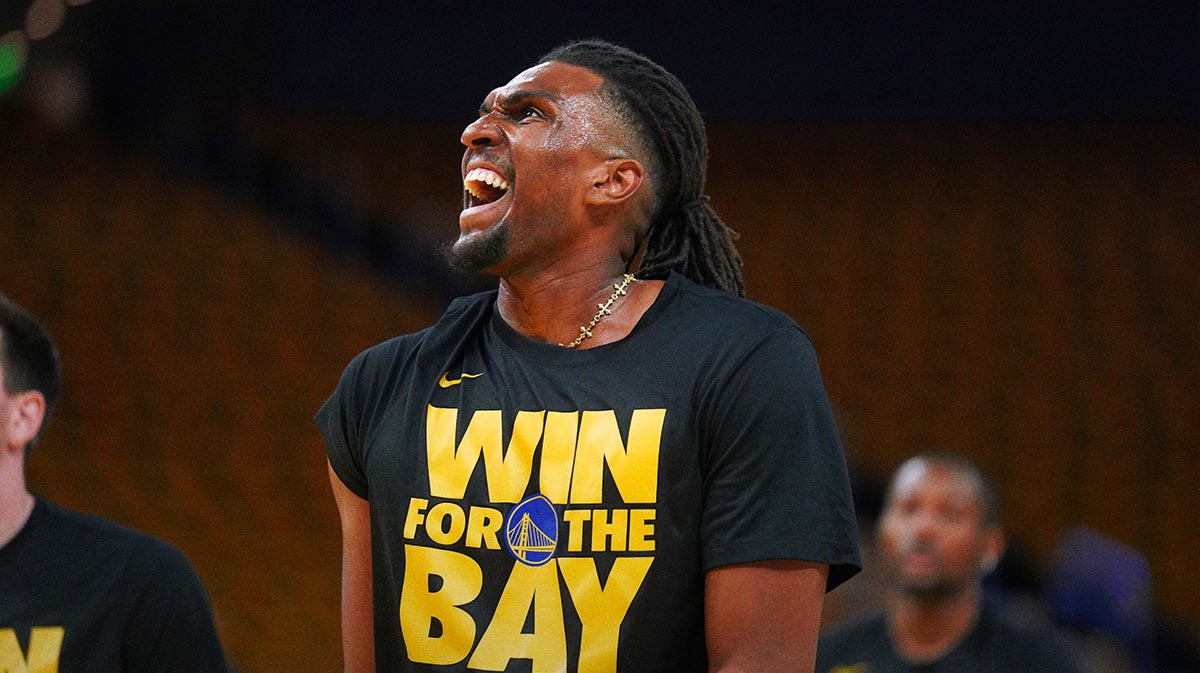With an anticlimactic Game 4, the Golden State Warriors completed its sweep of the 2018 NBA Finals. Now with three rings out of four, and the fourth year going down to the last minute of Finals Game 7, the Warriors are now widely called a dynasty. But are they really?
In some ways, the NBA has never had a proper dynasty before and the Warriors are the closest thing we’ve ever seen. Then I’ll discuss their 2018 playoff run from the perspective of their wrestling with the problem of maintaining a dynasty through a change in power.
Essence of a dynasty 1: dominance over time

In political science, a dynasty is defined as a sequence of rulers from the same family. In the NBA metaphor, “family” means a team and “ruling” means winning championships. So let’s analyze the metaphor more closely.
First, there must be dominance over significant time. How much time? There’s no accepted standard, but some data points: the Warriors were not considered a dynasty when they’d won 2 in 3 years; and “dynasty” is not consistently applied to two-time champion teams like the Hakeem Olajuwon Rockets or the Bad Boy Pistons. And frankly, it seems a bit of a low standard to call a team that squeaks out a repeat championship a dynasty. So we will set our standard at 3+ championships, while winning the majority of possible championships over the span.
The NBA teams that fit this condition are:
1949-1954 Minneapolis Lakers (won 5 in 6 years)1957-1969 Boston Celtics (10 in 12)- 1985-1988 Los Angeles Lakers (3 in 4)
- 1991-1993 Chicago Bulls (3 in 3)
- 1996-1998 Chicago Bulls (3 in 3)
- 2000-2002 Los Angeles Lakers (3 in 3)
- 2003-2007 San Antonio Spurs (3 in 5)
- 2015-2018 Golden State Warriors (3 in 4)
For the purposes of this article, I’m not counting any basketball before 1970. Sorry, it was a completely different sport in an era with fewer teams, low athleticism, less money invested, and even racial segregation. Players had second jobs and off-season jobs and there was barely any national media coverage. You can make your own list if you disagree.
Essence of a dynasty 2: transfer of power

Second, there must be orderly and peaceful transfer of power. We don’t call Queen Victoria’s reign a dynasty, even though she ruled for more than 50 years. We call her family, the House of Hanover, a dynasty because her uncles ruled before her and her son ruled after her. So dynasties are defined by a peaceful handover of power to new rulers. This is a much trickier condition to meet in the NBA. One can’t expect team leadership to be handed down to a family member. But it’s a universal challenge of how to hand off team power to newcomers without disruption.
The best NBA example is the San Antonio Spurs, who since 1989 have never gone below a .573 winning percentage over a stupendous 30 seasons with the one shining exception of 1996, which allowed them to draft Tim Duncan. This team managed two major changes of power. It began as a team led by 1994 MVP David Robinson, who then gracefully allowed the team to center its schemes on Tim Duncan. Duncan paid it forward years later around 2013 as he (and co-stars Tony Parker and Manu Ginobili) gracefully allowed the team refit its beautiful game passing offense to suit Kawhi Leonard’s (and soon LaMarcus Aldridge’s) isolation talents.
However, the Spurs championships were densest from 2003-2007, when they won 3 titles in 5 years, and for those years, they were led by Tim Duncan with young co-leaders Parker and Ginobili. (Robinson pre-announced his retirement in 2003, enjoying a championship farewell.) So I would argue this team did not manage a transfer of power during their stretch of NBA rule. (Furthermore, many people would disqualify the team for never repeating.)
So do any dynasties exist yet?

Of the other teams from the extended dominance list, none had success across a transfer of power. The 1985-1988 Lakers were co-led by Magic Johnson at his peak with second banana Kareem Abdul-Jabbar in decline. The 2000-2002 Lakers were led by Shaquille O’Neal as No. 1 with Kobe Bryant as, perhaps, 1A. Neither team experienced a change in rule.
Both three-peat Bulls teams were ruled by Michael Jordan with Scottie Pippen as an overqualified second banana. There’s an interesting argument to be made that the 1991-1998 Bulls, taken as one long dynasty, represents a generational change from the role players of the first three-peat (Horace Grant, John Paxson, Bill Cartwright) to the second three-peat (Toni Kukoc, Steve Kerr, Dennis Rodman). However, the key rulers of Jordan and Pippen were the constant, and the team collapsed when they were gone.
The Lakers taken as a whole across 1999-2010 are also an interesting case (5 rings, 2 finals in 12 years), as there was definitely transfer of power. The team began led by O’Neal with Bryant as an reluctant second banana, and the repeat team was led by Bryant with second banana Pau Gasol. However, the two iterations are never discussed as a single dynasty, likely because the team was terrible from 2005-2007, which I think is too long to be out of power to count.
This shows the difficulty of establishing a dynasty in politics and the NBA. It’s one thing to achieve extended dominance behind one or more singular talents. But most of the dominant teams listed above collapsed when their leader left (Magic Johnson, Michael Jordan, Shaquille O’Neal). The true challenge of being a dynasty is continuing to dominate across changes of leadership.
So, are the Warriors a dynasty?

That leaves the question of the current version of the Warriors, who are in many ways more interesting than a dynasty. The Warriors fit our definition of extended dominance by winning three titles in four years.
Interestingly, Scottie Pippen protested calling the Warriors a dynasty saying:
“You say they’re on a dynasty run, but I don’t see it that way,” Pippen said. “They picked up probably the best player in the game [Durant] after they won their first championship. I don’t consider that a dynasty run… I think bringing Kevin Durant in really changed my respect as to where I rank this team going forward in terms of a dynasty.”
While this is a demerit in Pippen’s eyes, it emphasizes that there has indeed been a major transfer in power during this run, which actually makes it more dynastic than Pippen’s Bulls teams! In 2015 and 2016, Stephen Curry was the undisputed leader of the Warriors. When Kevin Durant joined, it threw the power structure into upheaval. After Kevin Durant’s arrival, in 2017 and 2018, the power was shared between Curry and Durant. So, are the Warriors a dynasty? It depends on whether you believe enough power has been transferred to call it a change of leadership, since Curry remains central to the team.
No matter how you fall on this question, the Warriors have the success of a dynasty and the power transfer problems of a dynasty. Indeed, they have more complex power issues, because in most monarchical dynasties, power is transferred when the old ruler is enfeebled or dead, which simplifies matter greatly. Art is rife with the deadly complications of living power transfers, from Seven Against Thebes to King Lear to The Godfather. Either people don’t want to give up power, or rivals gain power during the disruption of the power transfer.
How the Warriors handled the living transfer of power

Warriors have so far successfully managed a living transfer of power for three major reasons.
First, Curry was humble enough to give up some power and status. How does a player, coming off consecutive MVP seasons, give up all that status? It’s no accident Curry has similar characteristics to Tim Duncan, who managed two successful living power transfers of his own. Coach Steve Kerr said of Curry, “The fact that he’s so unselfish both as a player and a human being. He’s so giving. It reminds me of playing with Tim Duncan in San Antonio, where his personality and the force of his humility and talent, which is a rare combination…. Steph is doing the same thing.” Curry’s humility was a key factor in Durant’s decision to join him.
Second, Kevin Durant does not want to be the alpha. In an honest and eye-opening interview with GQ, Durant said, “Steph Curry is the face of the franchise, and that helps me out, because I don’t have to. I don’t want to have to be the leader. I’m not a leader. I’m bad at saying, ‘Stand behind me and follow me.’”
This defuses competition by Durant for Curry’s alpha status in the public eye. It also was helpful that the other top players were Klay Thompson (indifferent to public attention) and Draymond Green (no offensive ego).
Finally, they haven’t really had to confront the transfer of power until very recently. Major injuries to each leader helped Golden State defer making hard choices about priorities and co-existence. In their first year together, Durant and Curry had an awkward fit, with the team compiling a poor record in close games and going from the previous season’s historical highs in clutch performance to mediocrity.
However, things were simplified when Durant missed extended time with an injury and Curry ran the team, winning 15 of the last 16 games of the season. By the time Durant joined the team late in the first round, the team was clearly running as Curry’s team in a mold similar to the 73-win 2015-2016 Warriors and Durant was willing to be a hyper-qualified second banana. The team rolled through the playoffs 16-1 so there was no adversity to cause re-assessment.
Then in 2017-2018, Curry was injured for most of the last two months, so the Warriors re-fashioned themselves as a team that defended with long switching wings and leaned heavily on Durant isolation offense and post-ups.
WCF 18: Warriors forced to make a choice
Curry returned in time for the Western Conference Finals against the Rockets, which many viewed as the real Finals. After being torched by Kevin Durant’s isolation play in Game 1, Houston did a fantastic job of bringing late help and otherwise harassing Durant’s isolations. Houston’s switching defense prevented players from getting open on cuts during Durant’s post-ups. This left the Warriors offense stagnant, as Curry was still rounding into form in the early part of the series.
Now the chickens came home to roost. As Houston took a 3-2 lead in the series, the Warriors were confronted with having to actively choose how to balance Durant’s post isolation game, Curry’s high pick and roll game, and the motion offense that unlocks Klay Thompson and other scorers. In Game 6, the Warriors spent the first half with an uneasy blend of the three approaches, mixed with appalling defense and rebounding. Houston’s late help continued to throw off Durant’s isolations, so in the second half, they went all-in with Curry leading the attack, and he came through, with the help of some strategic adjustments against Houston’s switching defense.
The Warriors went into Game 7 in Houston and again had an appalling defensive effort in the first half, and again had to go all-in with a Curry-based attack in the second half.
The future of the first dynasty

The Warriors brought their new Curry-centred offense from the Houston series into the 2018 Finals, and in Games 1 and 2, Curry lit up the Cavaliers’ B-grade version of the Houston switching defense. In Game 3, Cleveland changed up and double-teamed Curry. This harassment led to a nightmare shooting game from Curry and a first-half where Durant scored enough to keep the deficit to single digits. Despite Curry’s struggles, the Warriors came out in the second half with a renewed commitment to the Curry high pick and roll. The result was a parade of open layups as the Warriors punished the double teams repeatedly, Durant sprinkled in deflating isolation scoring, and they completed the comeback.
So was the power struggle settled? It’s uncertain. Kerr is a coach who likes to keep his options open. Warriors fans had been begging the Kerr to move the team back to a Curry-based offense away from the Durant isolation game, blaming the isolation for stagnating the offense. From a certain common-sense perspective, Curry is a better ball-handler than Durant; Durant can get his isolation scoring as a secondary option with low shot clock; the rest of the team seems to get more offense with a Curry-centric approach which in turn helps their defense.
I expect 2018-2019 to be struggle for the Warriors against burnout, but also a time to explore better integration between the Curry pick and roll / Durant post-ups / motion offense modes as opposed to being distinct modes. I suspect that was the project of 2017-2018 as well, but injuries and burnout made that impossible. I also expect the NBA to shift more towards switching defenses, and the Warriors will have to work keep their heads tart on the league in countering switching. Only time will tell if the Warriors can pull off a fifth straight trip to the Finals, which hasn’t been done in five decades. Regardless, the 2018 Playoffs were an important milestone in the Warriors negotiation of the dynastic succession from Curry’s team to shared governance with Durant.

